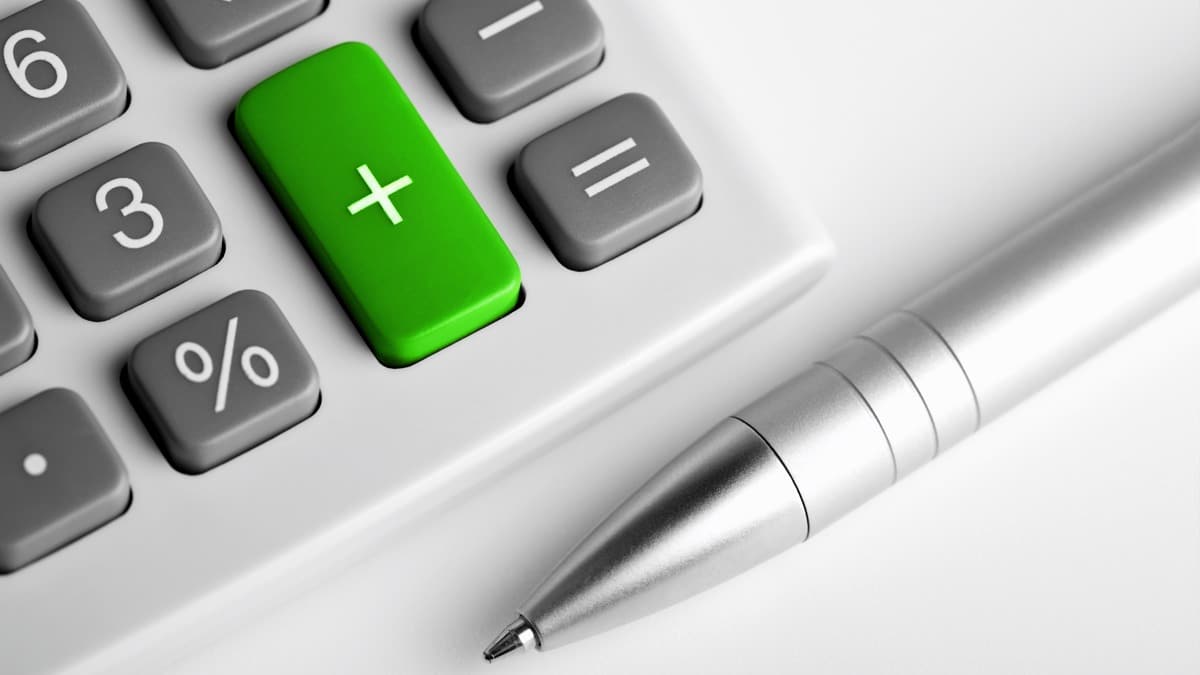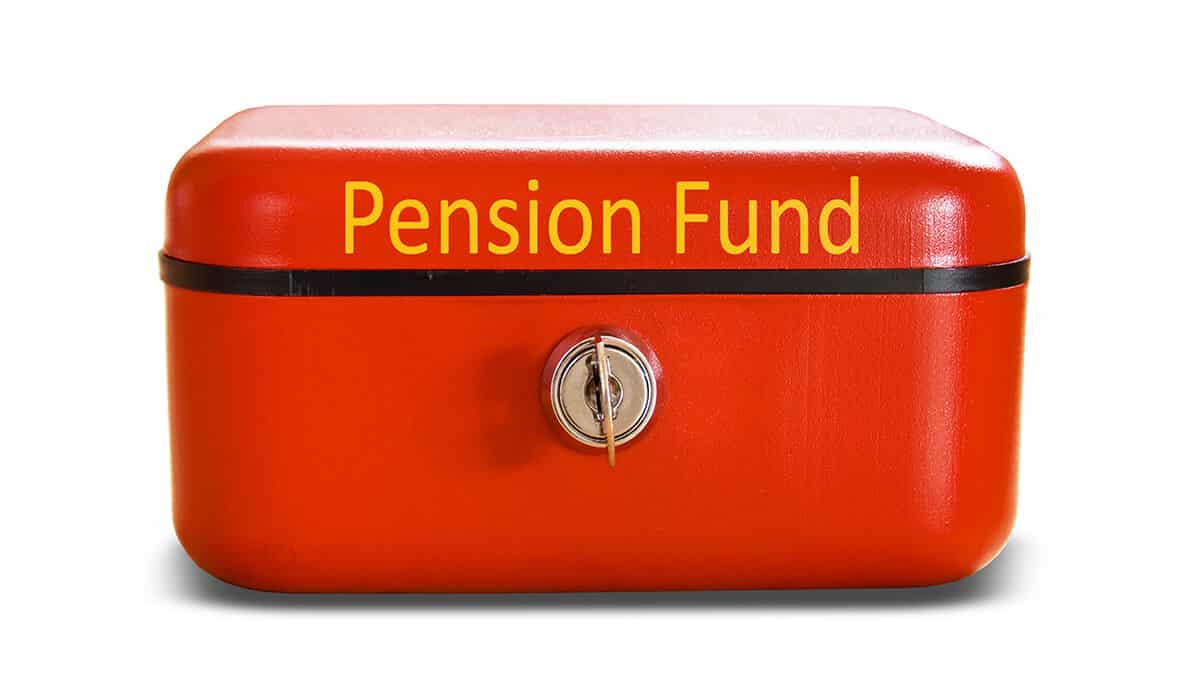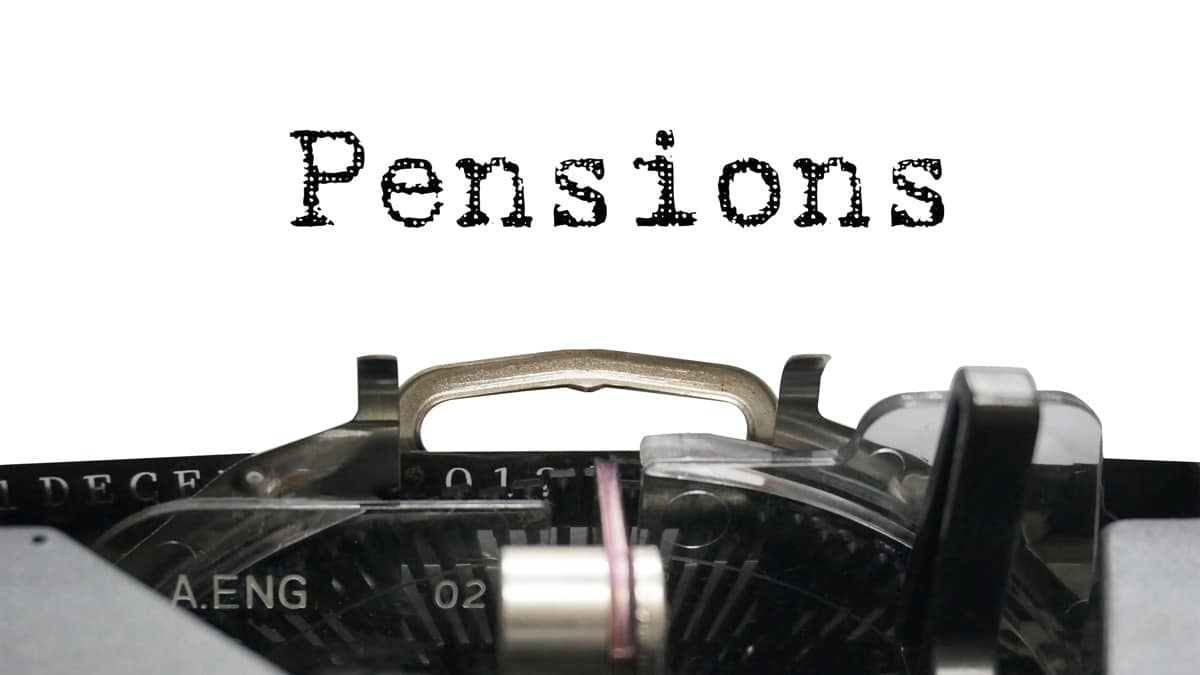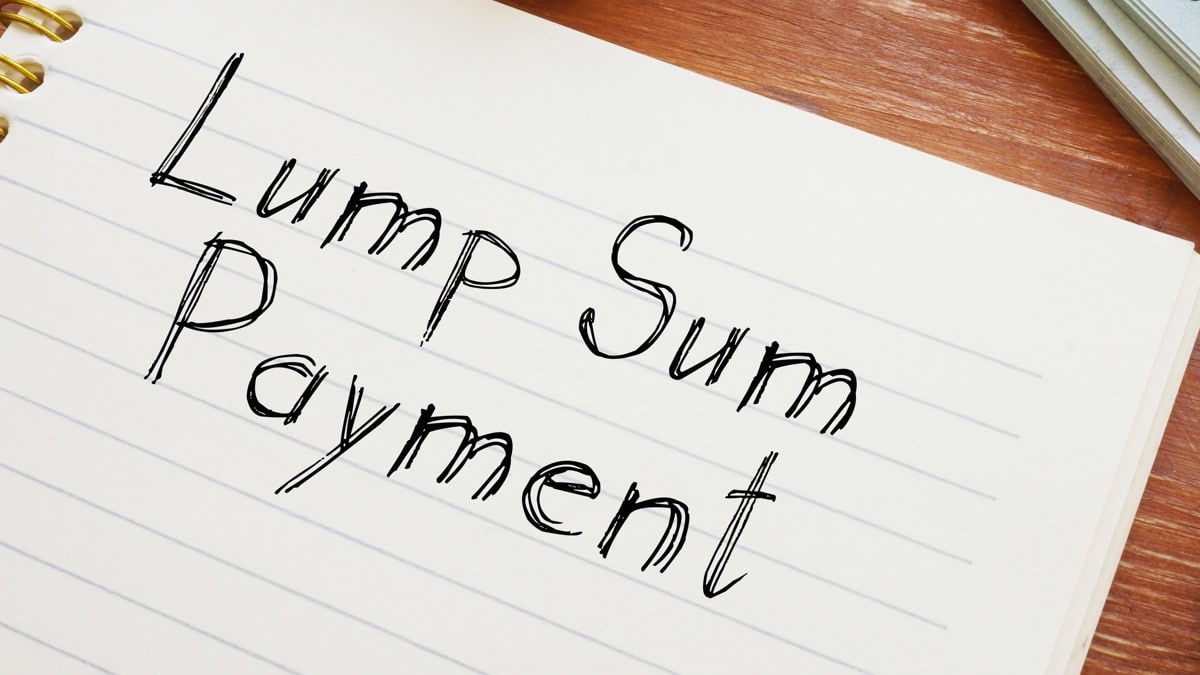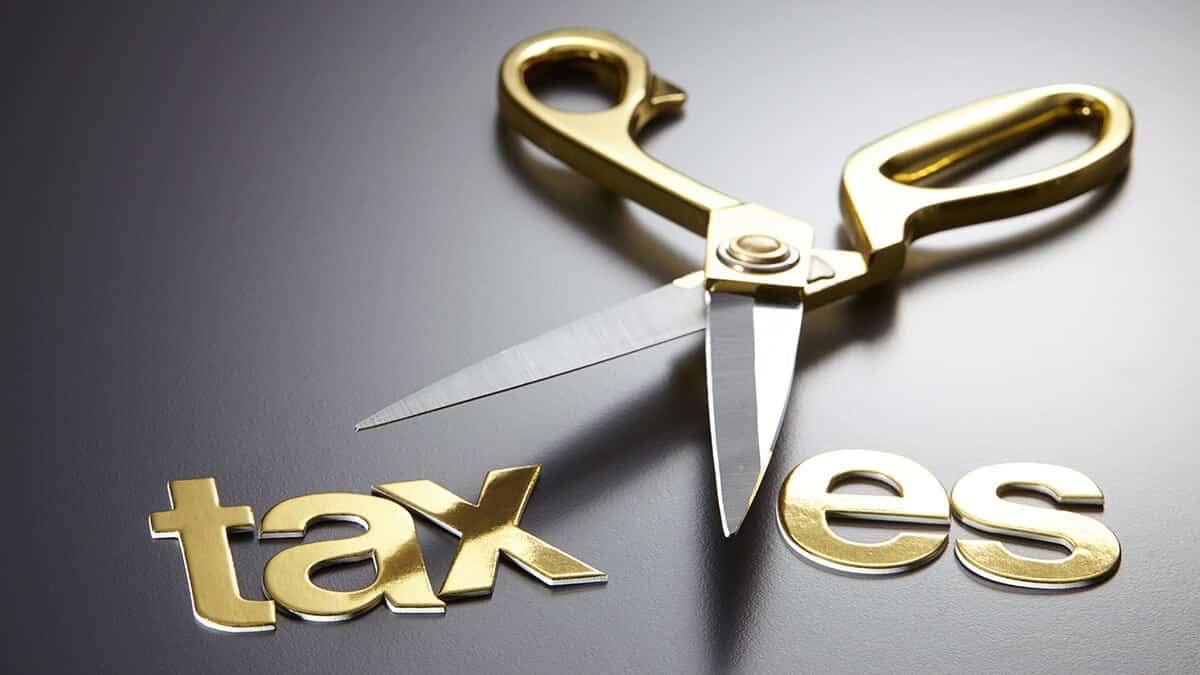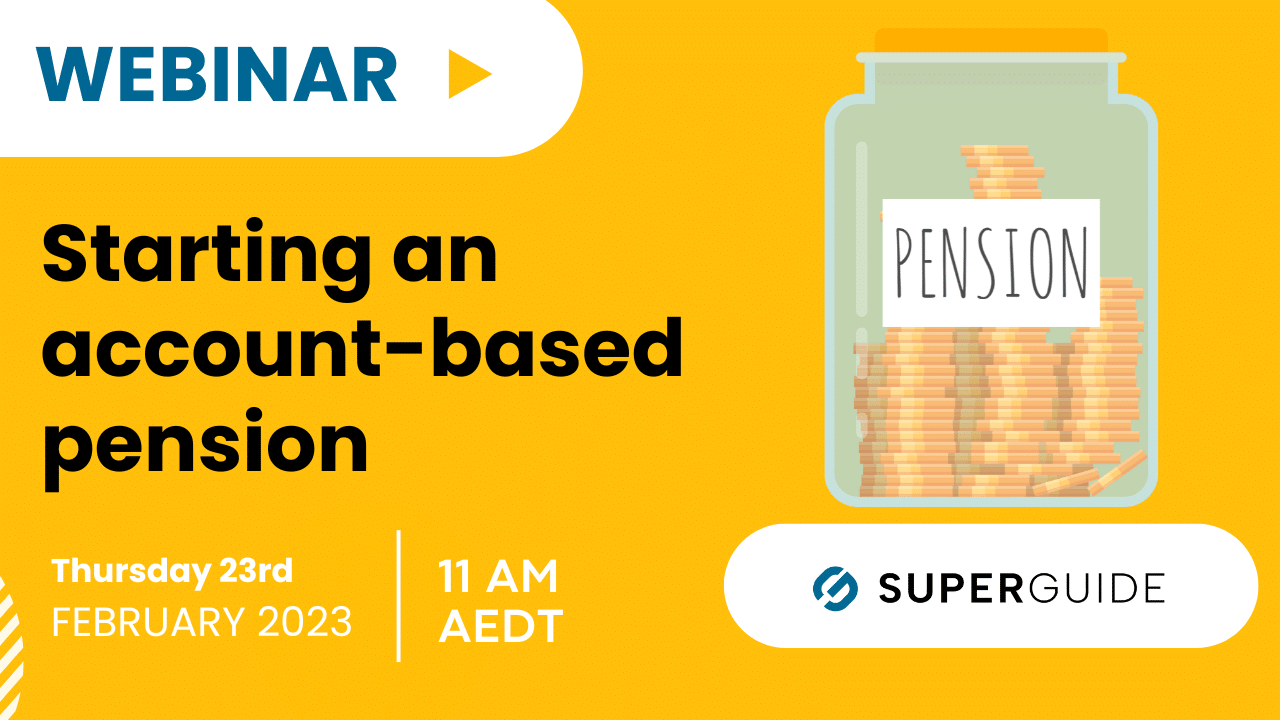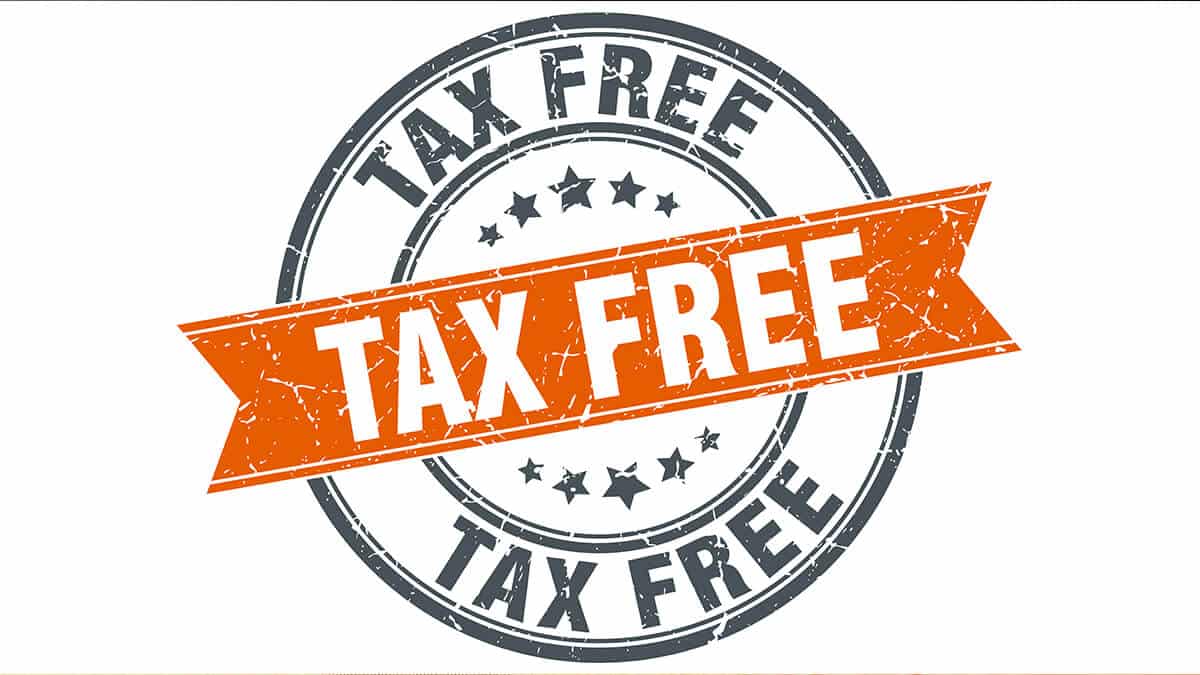In this guide
- What is an account-based pension?
- Minimum pension payment rates
- Minimum pension payment calculator
- Pension planning tips and strategies
- What if I don’t withdraw the minimum pension amount?
- Does the minimum drawdown affect my Age Pension?
- Why does the government set a minimum payment?
- Calculating the first payment
- The bottom line
If your self-managed super fund (SMSFs) has members in retirement phase or planning to retire soon, the new financial year is traditionally a time to review your retirement income needs and strategy.
This is even more important heading into the 2023–24 financial year. That’s because the minimum amount you need to withdraw from an account-based super pension reverts to normal rates from 1 July 2023 after being temporarily halved for four years.
Some retirees may find the new minimum payments are too high for their needs or that they have insufficient cash in their pension account to fund the increase. See the section 'Pension planning tips and strategies' later in this article.
What is an account-based pension?
Most super pensions these days are account-based (also called allocated pensions), so called because the pension is paid from a super account held in your name.
For SMSFs with account-based pensions, the amount supporting the pension must be allocated to a separate account for each member.
Read more about starting a pension from your SMSF.
Once you start an account-based pension, minimum annual payments are calculated on your account balance on 1 July each year, multiplied by a percentage factor that increases as you age. This is often referred to as the minimum pension drawdown.
Minimum pension payment rates
Note
The federal government temporarily halved the minimum account-based pension drawdown rates for the 2019–20 to 2022–23 financial years. This was in response to the financial impacts of Covid, so retirees would not be forced to sell superannuation assets to meet the minimum annual payment at a time when markets were volatile.
From 1 July 2023 the minimum annual drawdown reverts to the normal rates. That means retirees who withdraw the minimum amount will need to double their recent level of payments in the 2023–24 financial year. For those who will be celebrating a milestone birthday and turning 65, 75, 80, 85, 90 or 95, your minimum drawdown will increase even more.
The table below shows the temporary rates and the normal rates. For example, someone aged 65–74 must withdraw 2.5% of their account balance in 2022–23 under the temporary measure, but this amount doubles to 5% in the 2023–24 financial year. The percentage factor is set according to your age on 1 July in the financial year the pension is to be paid.
| Age of beneficiary | Normal percentage factor (From 1 July 2023) | Temporary percentage factor (2019–20 to 2022–23) |
|---|---|---|
| Under 65 | 4% | 2% |
| 65 to 74 | 5% | 2.5% |
| 75 to 79 | 6% | 3% |
| 80 to 84 | 7% | 3.5% |
| 85 to 89 | 9% | 4.5% |
| 90 to 94 | 11% | 5.5% |
| 95 or more | 14% | 7% |
Payments must be received at least annually between 1 July and 30 June each financial year, although many retirees opt to receive monthly or quarterly payments. Annual payment amounts are rounded to the nearest ten whole dollars. If the amount ends in an exact five dollars, it is rounded up to the next whole ten dollars.
Learn more about planning your account-based pension withdrawals for the new financial year.
Case study
Mike is a 66-year-old retiree with $500,000 in a super account-based pension within his SMSF on 1 July 2022.
Following the temporary reduction in minimum drawdown rates, Mike is only required to withdraw 2.5% of his account balance, that’s $12,500 by 30 June 2023.
On 1 July 2023 the balance of Mike’s super pension is still $500,000 after drawdowns and investment earnings. During 2023–24, Mike is required to draw down 5% of his account balance, which is $25,000 instead of $12,500 the previous year.
Minimum pension payment calculator
Our calculator below estimates your minimum pension payment amount.
Enter your age and pension balance in the yellow fields as at 1 July and the calculator will display your annual minimum pension payment amount for that financial year (1 July to 30 June).
Disclaimer: The results of this calculator are indicative only and do not constitute financial advice. We recommend that you check your minimum pension payment amounts with your financial adviser, accountant or the ATO.
